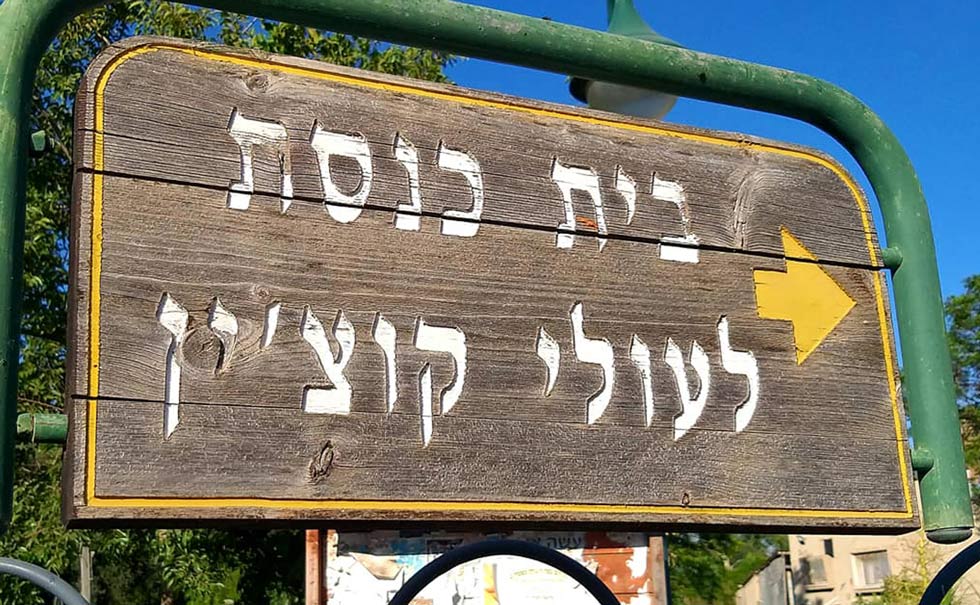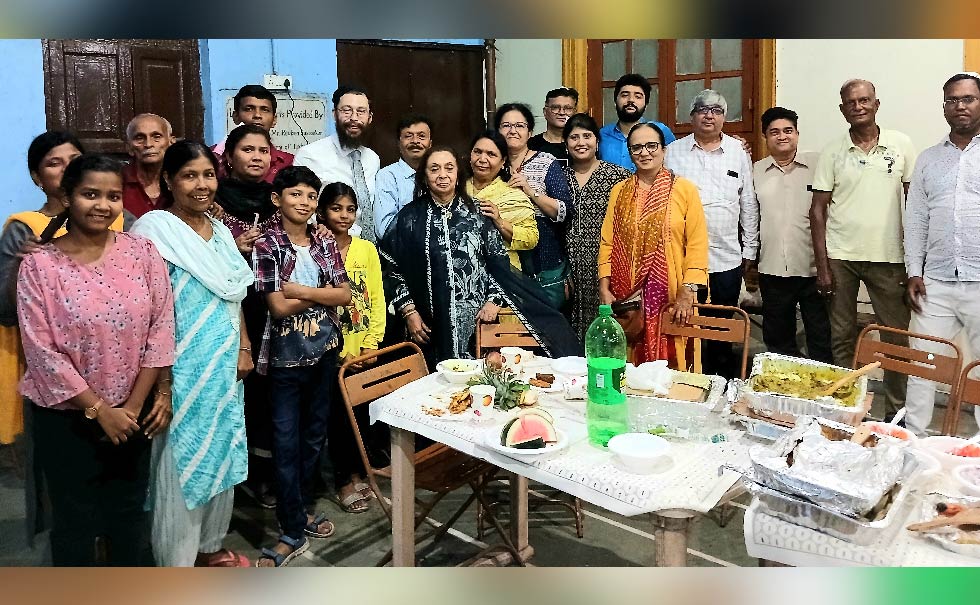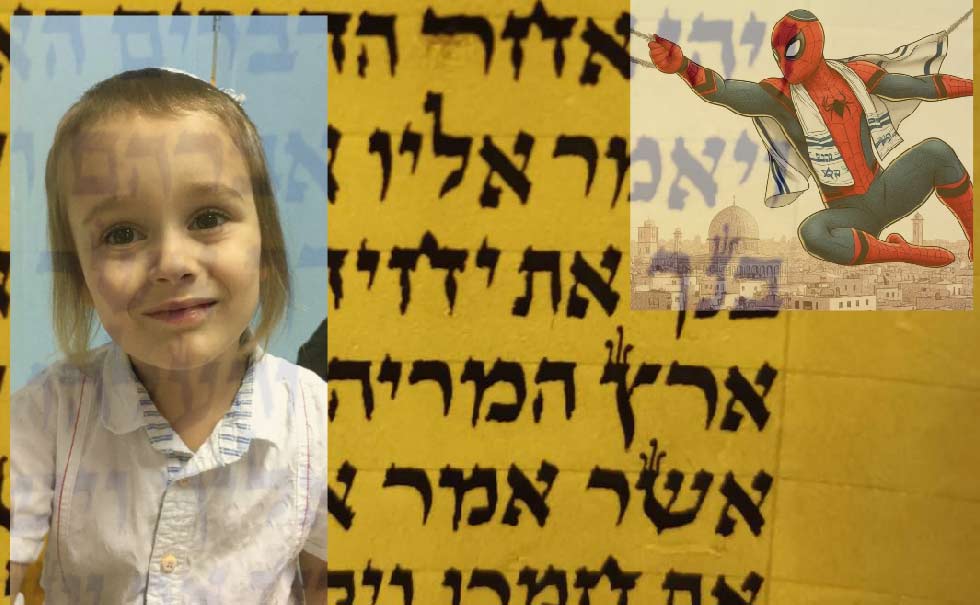Givat K’oach – גִּבְעַת כֹּ”חַ
Recently we were blessed to be invited to the stunning agricultural Moshav of Givat K’oach, founded in 1950 by Yemenite Jews after the 1948 war of independence, a significant proportion of the Moshav are immigrants from Cochin from the village of Chendamangalam, one of the oldest settlements of Jews in India who arrived from “Crangalore” in 1341 after a disastrous flood in this ancient Indian city.
I had previously visited the synagogue there several times, kept now as a museum. The synagogue is a beautiful cool building built in 1614, with an ancient cemetery with one grave dating back as far as 1264, the restoration and video presentation of the synagogue were truly fascinating.
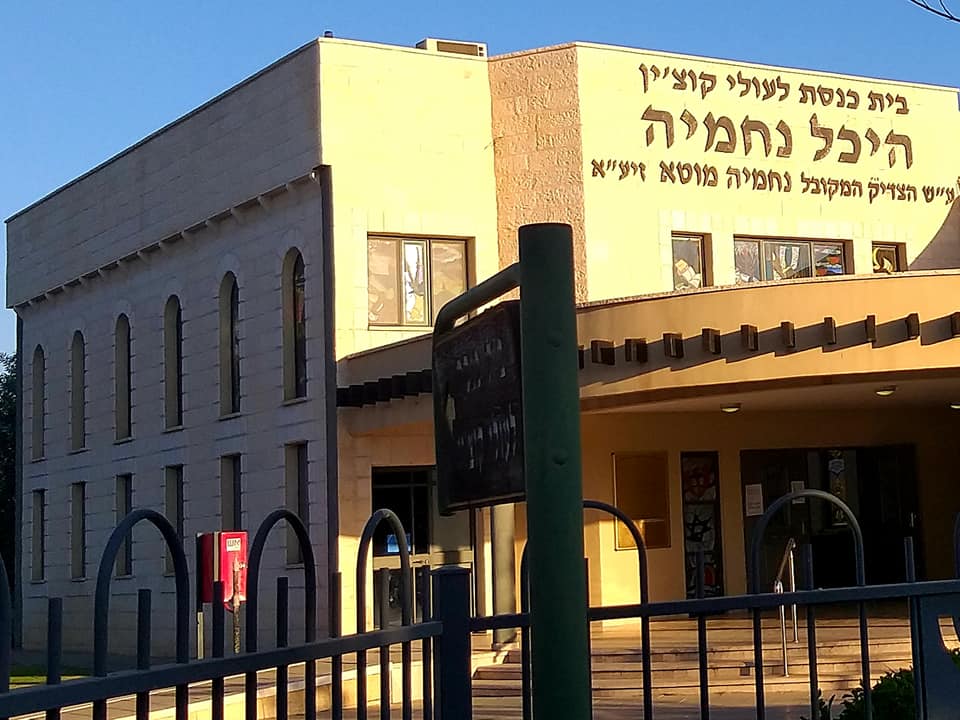
Dr. Alex Shechter, a professor of electrochemistry had visited Kerala several times to teach and give lectures on the subject, we had the pleasure of hosting him every week during his stay at the Paradesi Synagogue we always enjoyed his company and had remained in contact, Alex lived in Givat K’oach and remarked how they had this replica of the “Cochin style synagogue” in which all of the synagogues in Kerala have identical architecture, when we returned to Israel he invited us to meet the community there and see the replica synagogue.
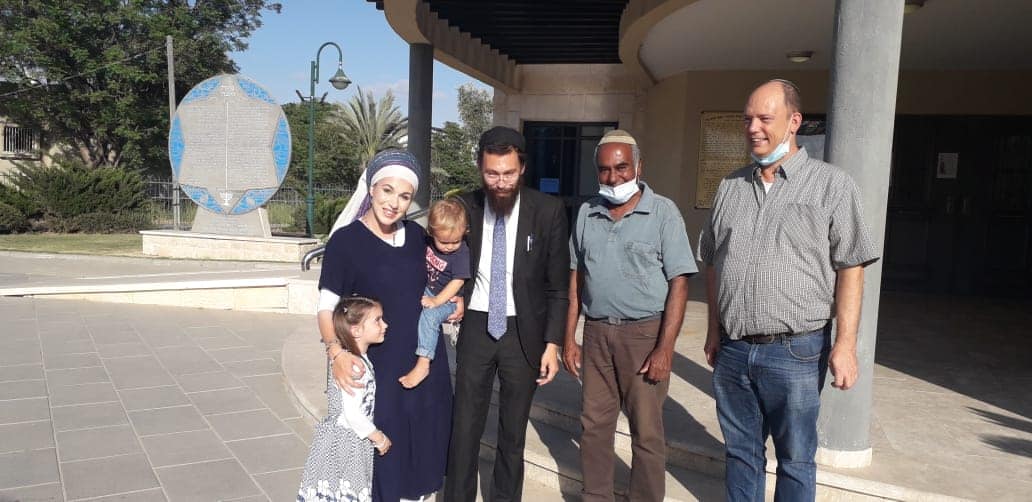
Alex and his wife had prepared a small feast for us and we joined them and their daughter in their home before traveling to the synagogue to meet with members of the community.
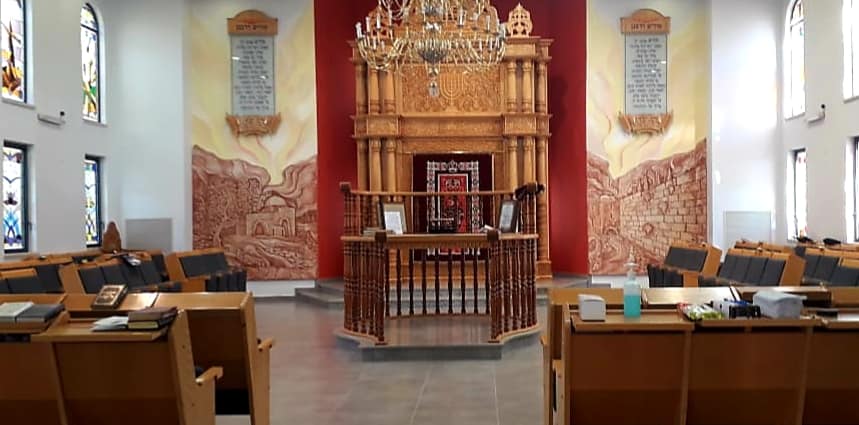
Aside from some of the older residents, the majority of the Yishuv were now born in Israel with Cochin linages, many had returned to visit India and even more planned to do so, we explained the current status of the various synagogues and about our Shlichut at the Paradesi Synagogue and about our experience of India in general.
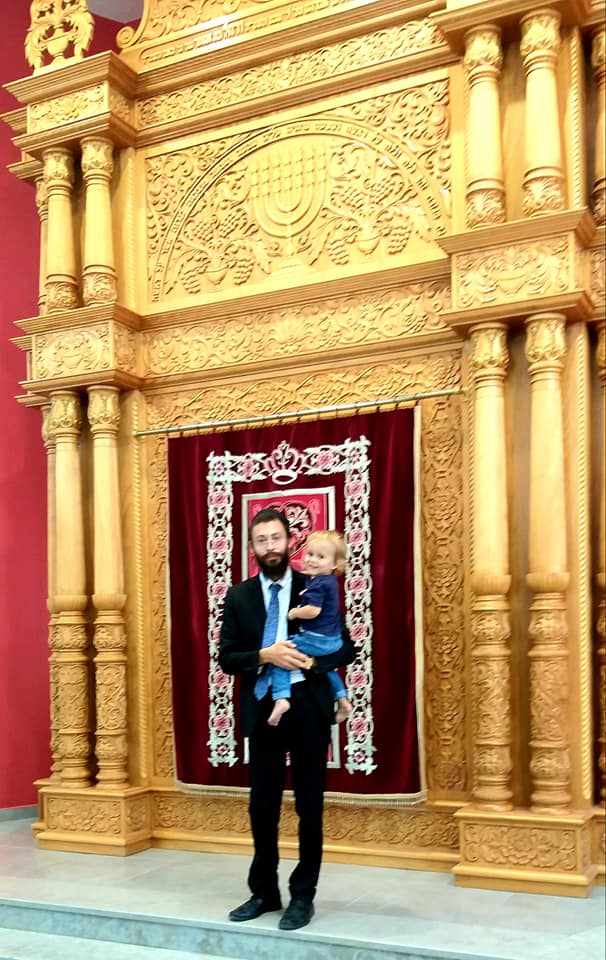
The feeling of elation at seeing the synagogue and community was very powerful and even we heard stories about the first waves of immigrants and memory snapshots of life in Chendamangalam, for me it was humbling that our work in India meant so much to the community and to the story of their incredible exile from Israel to India and their return again centuries later.

